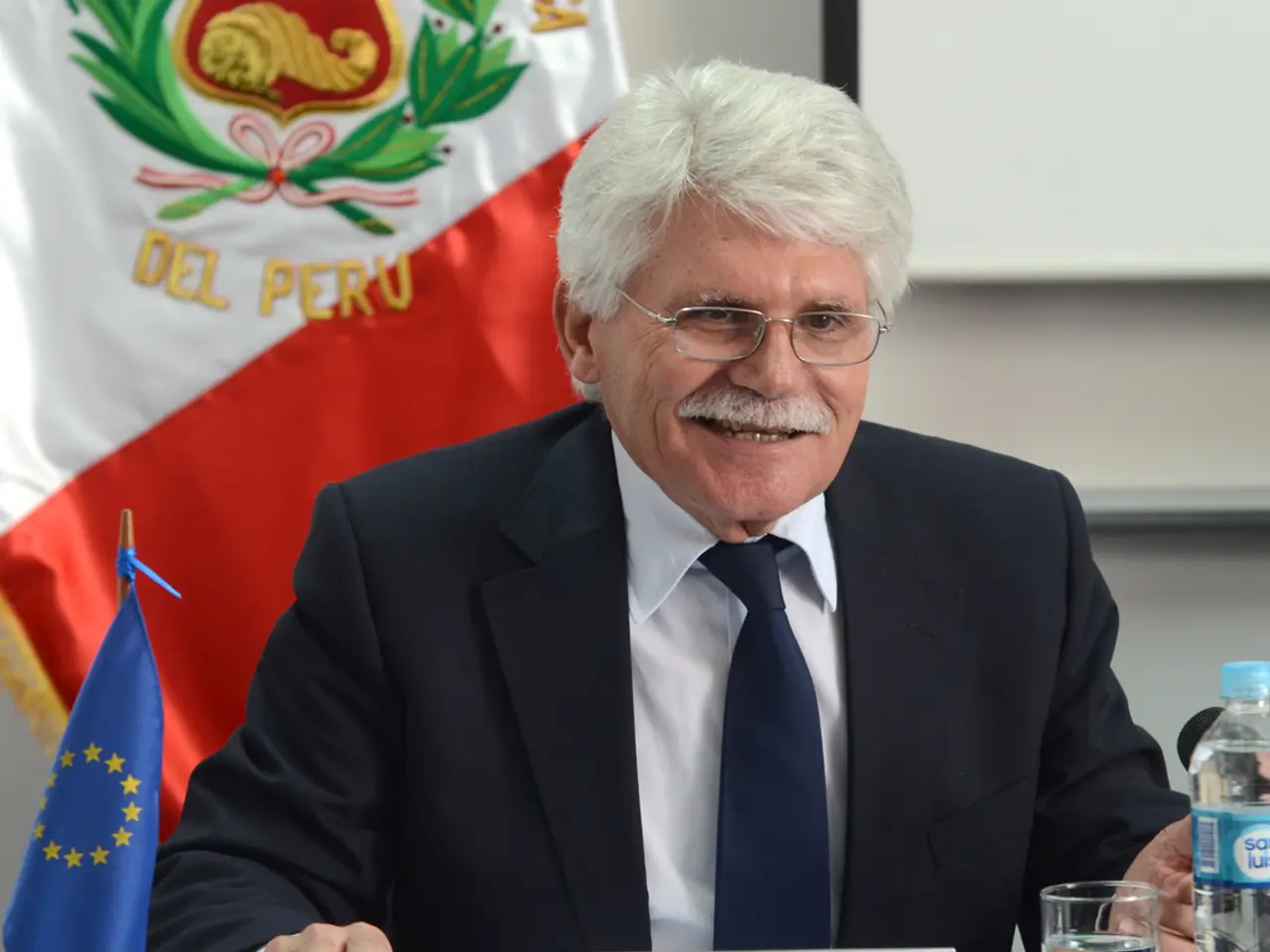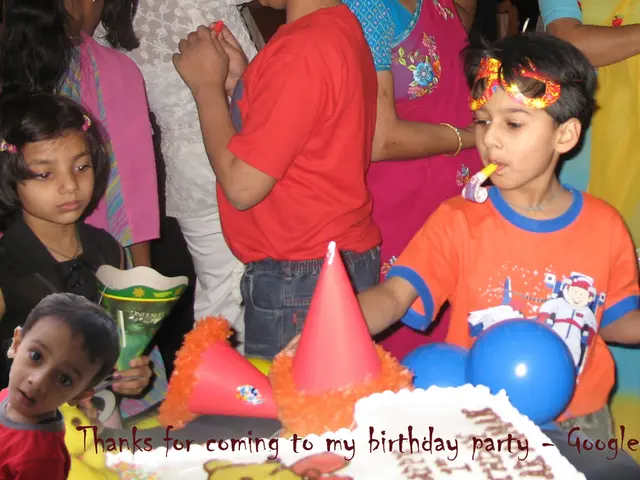Archaeologists Discover High-Status Moche Dwelling in Northern Peru
Discovery of a 1,400-Year-Old Elite Residence in Peru
In the heart of the Chicama Valley, archaeologists have unearthed a significant find: a 1,400-year-old residence believed to have housed members of the local elite during the Late Moche Period (ca. 600-700 CE). The excavation site, located at the Moche site of Licapa II in Peru's La Libertad region, has shed light on the privileged life of the ruling elite of the Moche culture.
The five-room adobe structure, painted yellow on the exterior, was discovered buried beneath more than a meter of adobe brick. The excavation, led by Henry Tantalean of the National University of San Marcos and Carito Tavera of the University of Barcelona, required the removal of roughly a thousand bricks to reach the building.
The residence, now known as a "small palace," was inhabited by the ruling elite of the Moche culture who controlled trade networks and lived a life of privilege, as evidenced by high-quality decorated ceramics depicting warrior scenes found at the site. These ceramics, adorned with intricate designs and vivid imagery, were a testament to the artistic skills and cultural significance of the Moche society.
Excavations at Licapa II are ongoing, with researchers continuing to recover decorated ceramics and animal remains. Bones of capuchin monkeys from the Amazon, Andean camelids, and coastal birds were found as offerings or tribute within the building, suggesting a complex web of relationships and alliances.
Textile fragments were also uncovered, offering insights into the clothing and textile production of the time. The discovery of lucuma and other fruits in the residence suggests a richer diet compared to ordinary Moche communities, further highlighting the privileged lifestyle of the inhabitants.
The Wari Empire was beginning to expand its influence during the time the building was built, and the site appears to have flourished after the neighboring ceremonial center at El Brujo reached its peak. This suggests a shifting of centers of power within the Moche world, with Licapa II emerging as a significant centre.
The deliberate burial of the residence indicates its importance and the respect it was given, underscoring the significance of the find. The discovery confirms a hypothesis first raised in 2024, when initial excavations suggested the presence of an elite household.
According to Henry Tantalean, the excavated building could be the possible residence of the curaca or the people who ruled the site. Imported vessels from Cajamarca were discovered in the excavated building, further supporting this theory.
The excavation site is associated with the growing regional interaction during the Middle Horizon, adding to our understanding of the cultural and political dynamics of the time. This significant find offers valuable insights into the Moche culture and promises to contribute to our understanding of the ancient civilizations of Peru.







